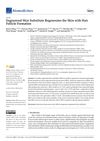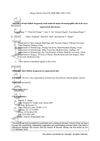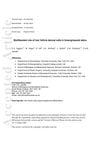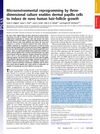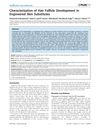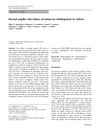Augmentation of HGF Signaling: Potential for Enhancing Hair Follicle Neogenesis and Development in Bioengineered Skin
April 2016
in “
Journal of Investigative Dermatology
”
HGF Hepatocyte Growth Factor hair follicle neogenesis bioengineered skin dermal papilla cells alkaline phosphatase RNA-Sequencing trichogenic cells WNT signaling HGF mRNA recombinant HGF HGF mimetic mitogen-activated protein kinases keratinocyte proliferation keratinocyte stratification hair follicle formation engineered skin dermal cells ALP gene sequencing hair-producing cells WNT pathway HGF gene expression synthetic HGF HGF-like compound MAPK skin cell growth skin cell layering
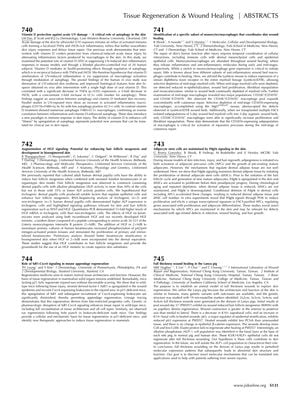
TLDR Boosting HGF signaling could improve the creation of hair follicles in lab-made skin.
The document presents a study on the potential of enhancing hair follicle neogenesis and development in bioengineered skin through the augmentation of Hepatocyte Growth Factor (HGF) signaling. The researchers previously found that adult human dermal papilla cells could induce hair follicle neogenesis when combined with neonatal foreskin keratinocytes in an organotypic skin model, particularly when more than 50% of the dermal papilla cells exhibited alkaline phosphatase (ALP) activity. RNA-Sequencing of trichogenic (hair-producing) and non-trichogenic human dermal papilla cells (each group n=3) showed higher ALP expression and highlighted important signaling pathways, including WNT and HGF. Trichogenic cells had 15-fold higher levels of HGF mRNA compared to non-trichogenic cells. The study also explored the effects of HGF on keratinocytes using recombinant HGF and a newly developed HGF mimetic, which led to increased phosphorylation of mitogen-activated protein kinases and stimulated keratinocyte proliferation. Preliminary results indicated improved keratinocyte stratification in bioengineered skin with the incorporation of HGF or the HGF mimetic. These findings suggest that HGF plays a role in hair follicle neogenesis and lays the groundwork for using HGF mimetics to create improved skin substitutes.
